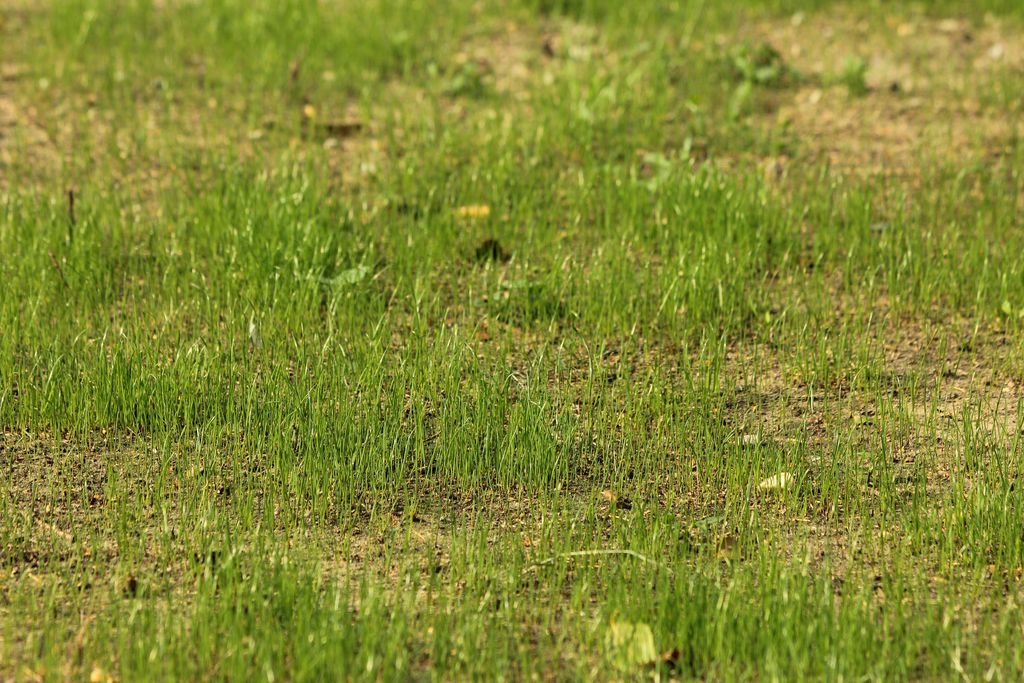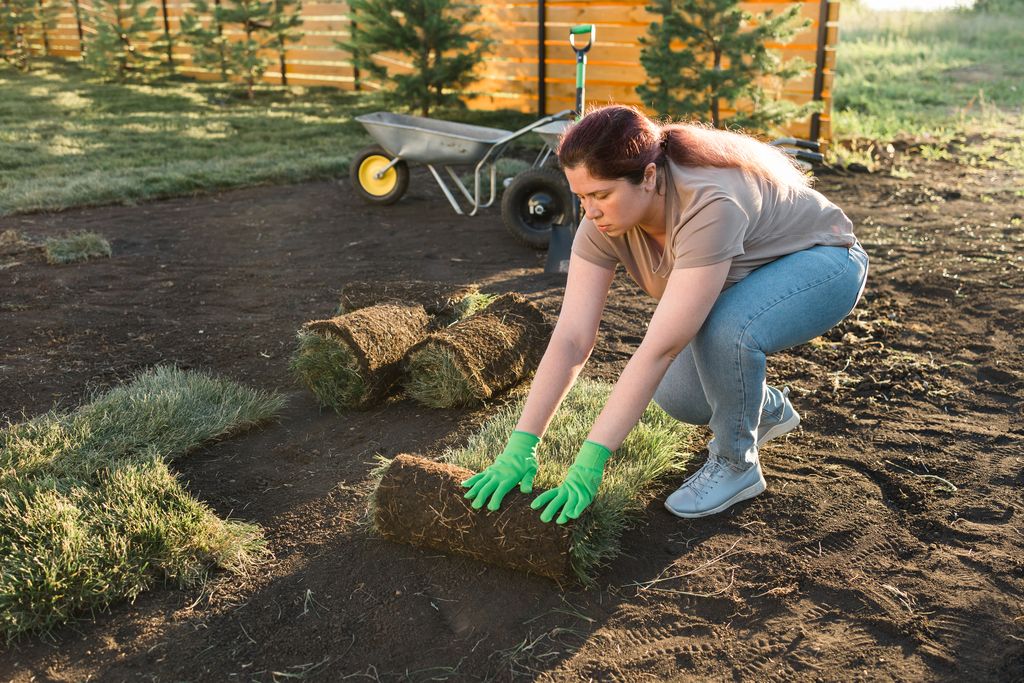Is your lawn looking a bit worse for wear?
Patchy lawns can be frustrating, but the good news is that lawn repair doesn’t have to be a long, drawn-out process.
With the right techniques and a little elbow grease, you can restore your lawn’s lush green appearance in no time.
This guide will walk you through fast and effective solutions for lawn repair so you can get back to enjoying your outdoor space.
This post contains affiliate links. As an Amazon Associate, I earn from qualifying purchases at no additional cost to you.
Understanding the Causes of Patchy Lawns
Before diving into the solutions, it’s essential to understand why your lawn may be patchy. Here are some common culprits:
| Cause | Description |
|---|---|
| Improper Mowing | Cutting grass too short can weaken it and lead to thinning patches. |
| Pests | Insects like grubs or chinch bugs can damage grass roots, resulting in brown patches. |
| Disease | Fungal infections such as brown patch or dollar spot can create unsightly areas in your lawn. |
| Compacted Soil | Soil that is too compact can restrict root growth and water absorption, leading to patchy areas. |
| Poor Drainage | Water pooling in certain spots can suffocate grass roots and create muddy patches. |
| Lack of Sunlight | Areas shaded by trees or structures may struggle to grow healthy grass. |
Identifying the root cause will not only help you fix the patchiness but also prevent it from recurring in the future.
Quick Fixes for Lawn Repair
Now that we have a better understanding of what might be causing the problem, let’s explore some quick fixes that can transform your patchy lawn into a verdant paradise.
1. Reseeding

Reseeding refers to the process of planting new grass seeds into an existing lawn to improve its density, fill in bare or thinning areas, or repair damage caused by pests, diseases, or environmental stress.
It helps rejuvenate a lawn, making it thicker, healthier, and more resistant to weeds, pests, and drought. Reseeding is one of the most effective methods for lawn repair.
This involves spreading grass seed over the patchy areas to encourage new growth. Steps for Reseeding:
- Prepare the Area: Rake the patchy spots to remove debris and loosen the soil.
- Choose the Right Seed: Select a grass seed that matches your existing lawn. Consider factors like climate, sun exposure, and foot traffic.
- Spread the Seed: Use a broadcast spreader or your hands to evenly distribute the seeds over the prepared area.
- Water Thoroughly: Keep the area moist but not soggy. Watering should be frequent, especially in the first few weeks until the new grass establishes.
Tip: To enhance seed-to-soil contact, lightly rake the area again after spreading the seeds.
2. Fertilization
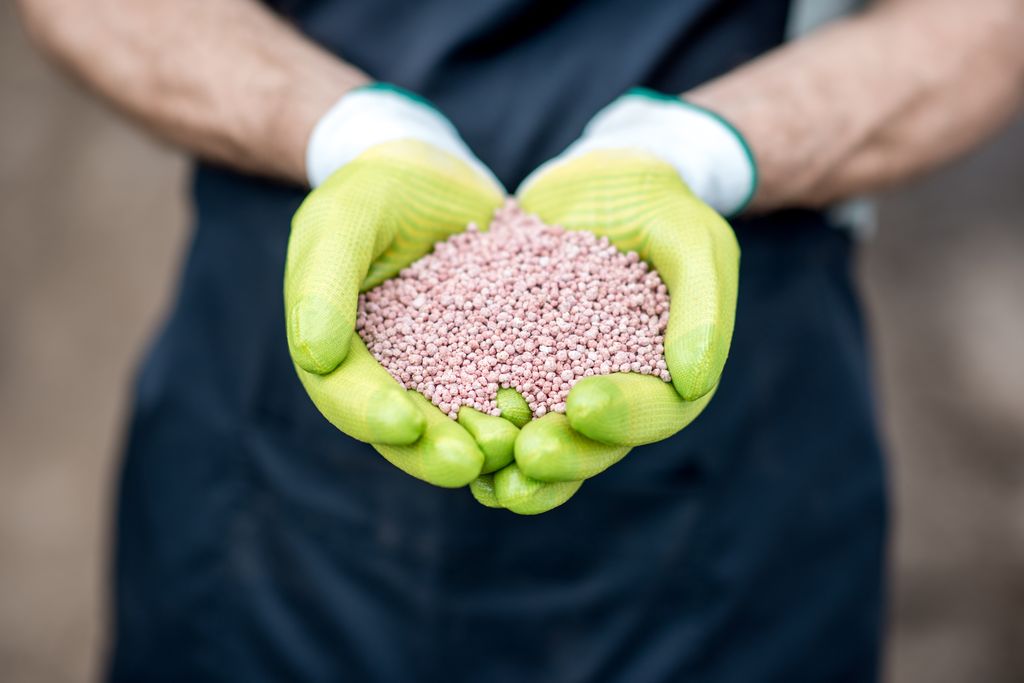
Sometimes, patchy lawns merely need a nutrient boost to thrive.
Applying fertilizer can provide the essential nutrients that grass needs to grow strong and green.
Types of Fertilizer:
| Type | Description |
|---|---|
| Granular | Slow-release fertilizers that provide nutrients over time. |
| Liquid | Fast-acting solutions that can quickly green up your lawn but require more frequent applications. |
| Organic | Made from natural materials, these fertilizers enrich the soil and improve its health over time. |
Application Steps:
- Choose the Right Fertilizer: Opt for one that suits your lawn’s specific needs.
- Apply Evenly: Use a spreader for granular types or a sprayer for liquid fertilizers.
- Water After Applying: Watering helps to activate the fertilizer and carry nutrients to the roots.
3. Aeration
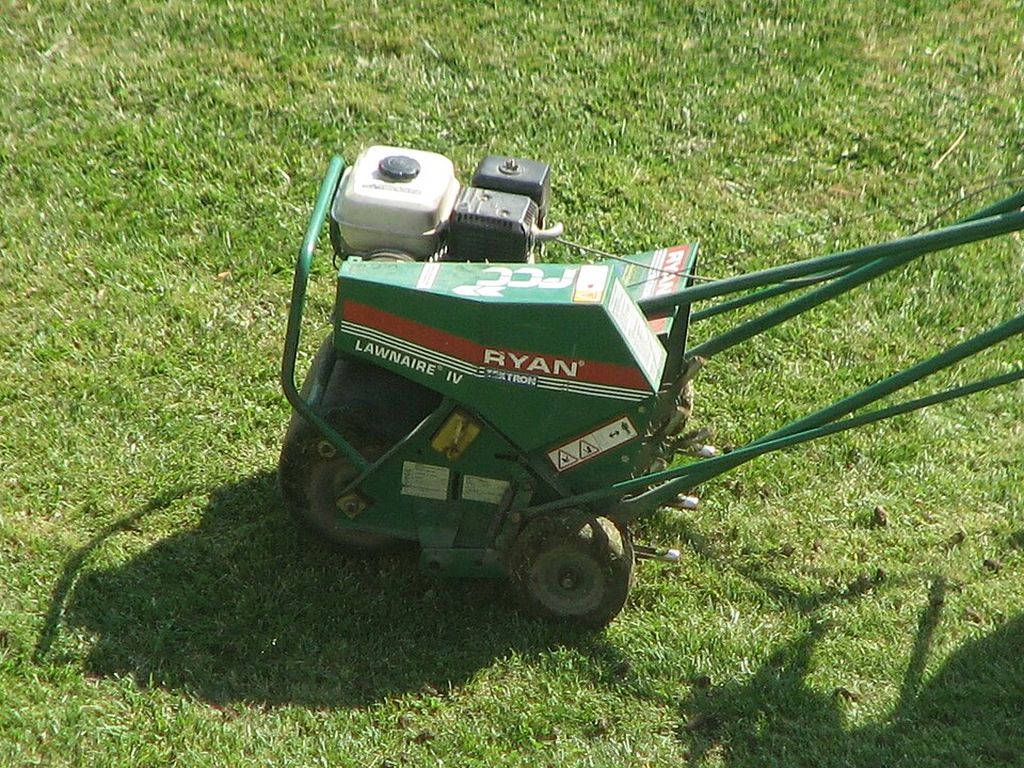
Compacted soil is often a hidden enemy in lawn repair.
Aeration involves perforating the soil with holes to allow air, water, and nutrients to penetrate deep into the root zone.
Benefits of Aeration:
- Reduces soil compaction
- Enhances water absorption
- Improves root growth
Types of Aeration:
- Core Aeration – Involves removing small plugs of soil (cores) from the lawn, allowing for greater soil decompaction.
- Spike Aeration – Uses solid spikes to punch holes in the soil without removing cores, though it’s less effective for compacted soil than core aeration.
How to Aerate:
- Determine the Right Time: Early spring or fall is ideal for most lawns.
- Use a Core Aerator: This tool removes plugs of soil from the lawn, creating holes for better soil aeration.
- Leave the Plugs: Allow the soil plugs to decompose back into the lawn, enriching the soil further.
4. Topdressing
Topdressing involves adding a thin layer of compost or topsoil to the lawn’s surface to improve soil quality and promote growth.
Materials Used in Topdressing:
- Compost: Adds organic matter and nutrients to the soil.
- Sand: Helps with drainage, often used on lawns with heavy clay soils.
- Topsoil: Can be mixed with compost to improve soil quality and level the lawn.
- Mixtures: Often, a mix of sand, compost, and soil is used for balanced benefits.
Steps for Topdressing:
- Choose the Material: Use high-quality compost or topsoil that adds nutrients.
- Spread Evenly: Use a shovel or a spreader to apply a thin layer (about ¼ inch) over the lawn.
- Water the Area: Ensure it’s well-watered to help the soil settle and encourage grass growth.
5. Watering Wisely
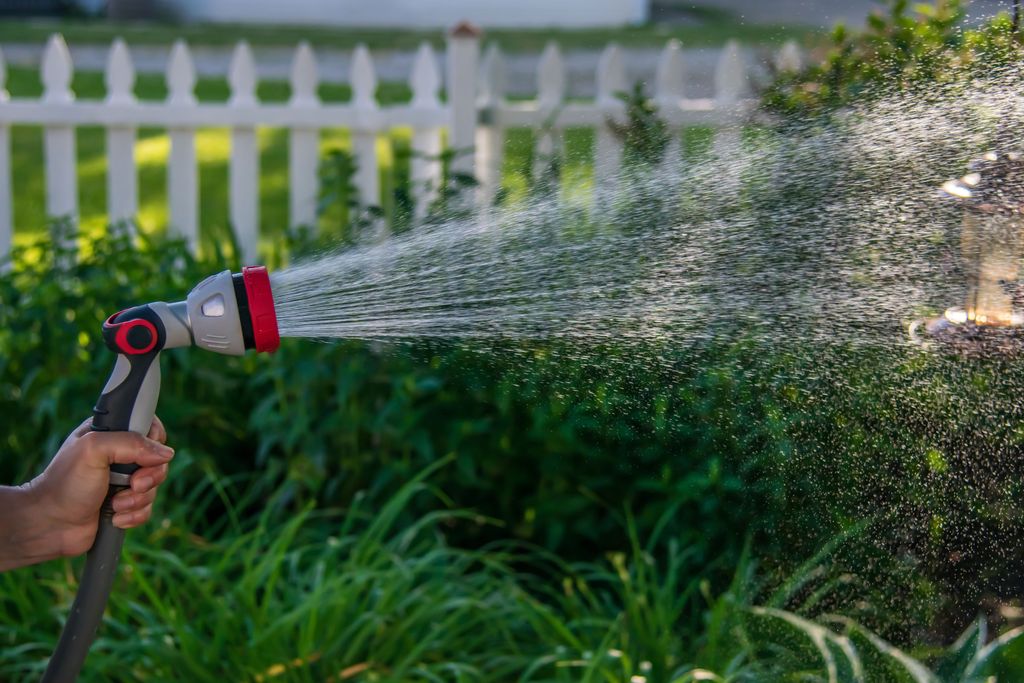
Sometimes, lawn repair can be as simple as adjusting your watering routine.
Overwatering or underwatering can both lead to patchy areas.
Watering Tips:
- Deep and Infrequent: Water deeply but less frequently to encourage deep root growth. Aim for about 1 inch of water per week, including rainfall.
- Early Morning Watering: Watering early in the morning helps reduce evaporation and disease risk.
6. Pest Control
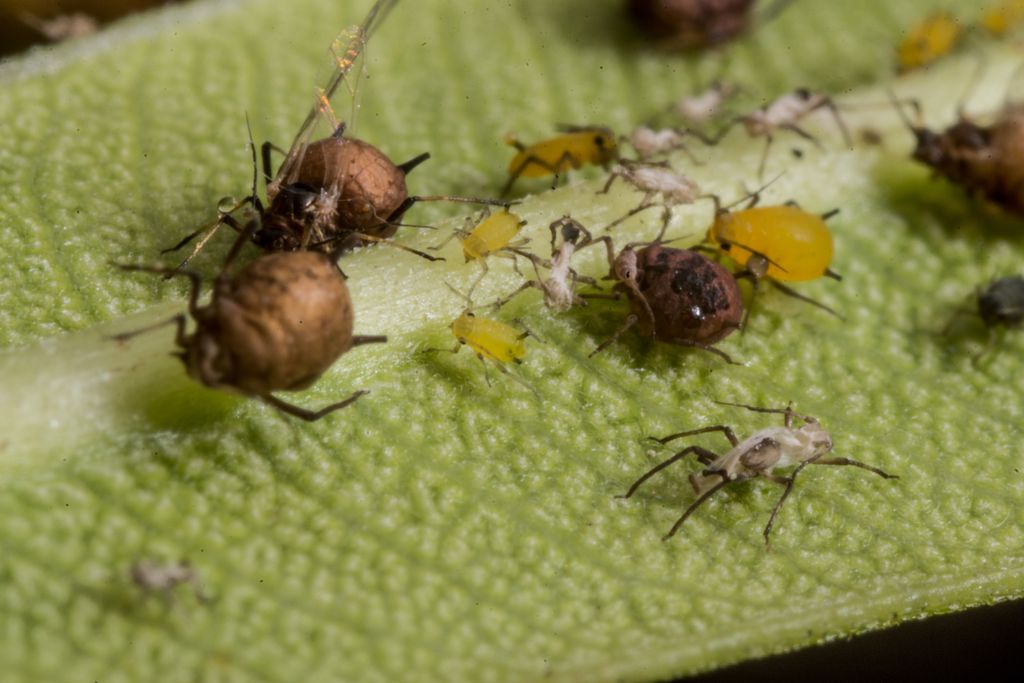
If pests are the source of your lawn problems, it’s time to take action.
Early identification is crucial to effective lawn repair.
Steps for Pest Control:
- Identify the Pest: Look for signs of damage or the pests themselves.
- Choose the Right Treatment: Depending on the pest, you might need insecticides, natural remedies, or beneficial insects to control the population.
- Monitor and Maintain: After treatment, keep an eye on your lawn to ensure re-infestation doesn’t occur.
Lawn pests are organisms that can damage your grass and negatively affect the health and appearance of your lawn.
Here are some common examples:
- Grubs – These are beetle larvae (e.g., Japanese beetles, June beetles) that feed on grass roots, causing brown patches and thinning lawns.
- Chinch Bugs – Tiny insects that suck the sap from grass blades, leading to yellow or brown patches.
- Armyworms – Caterpillars that feed on grass leaves and can quickly damage large areas.
- Sod Webworms – The larvae of lawn moths that feed on grass blades and leave brown, dead patches.
- Mole Crickets – These insects tunnel through soil, damaging grass roots and creating uneven, soft spots on the lawn.
- Aphids – Small, sap-sucking insects that weaken grass and cause discoloration.
- Billbugs – Weevils whose larvae eat through grass stems and roots, leading to wilting and dead patches.
- Cutworms – Moth larvae that chew through grass blades and stems, causing extensive damage.
- Nematodes – Microscopic worms that attack grass roots, leading to yellowing and thinning.
- Ants – While not directly harmful to grass, ants can disturb the soil and create unsightly mounds.
Preventive Measures for a Healthy Lawn
Once you’ve tackled the patchiness, consider implementing these preventive measures to keep your lawn looking its best:
- Regular Mowing: Keep grass at the recommended height for your type of lawn.
- Soil Testing: Test your soil annually to understand its nutrient needs.
- Mulching: Use grass clippings as mulch to retain moisture and suppress weeds.
- Seasonal Fertilization: Apply fertilizers as needed throughout the year to nourish your lawn.
Conclusion
A patchy lawn doesn’t have to be a permanent eyesore.
With these quick fixes for lawn repair, you can restore your lawn’s lush green appearance efficiently.
From reseeding and fertilizing to aeration and pest control, each step is an opportunity to revitalize your outdoor space.
Remember, a little care goes a long way, so implement these strategies and watch your lawn thrive. Get started today—your yard will thank you!
F.A.Q
What are the common causes of a patchy lawn?
Common causes include improper mowing, pests, diseases, compacted soil, poor drainage, and lack of sunlight. Identifying the root cause is essential for effective repair.
How can I quickly fix my patchy lawn?
Reseeding is one of the most effective methods. Prepare the area by raking, choose the right grass seed, spread it evenly, and water thoroughly to encourage new growth.
What type of fertilizer should I use for my lawn?
You can choose from granular (slow-release), liquid (fast-acting), or organic fertilizers. Select one that meets your lawn’s specific nutrient needs and apply it evenly.
When is the best time to aerate my lawn?
Early spring or fall are ideal times for aeration. Use a core aerator to create holes in the soil, allowing better penetration of air, water, and nutrients.
How can I prevent patchiness in my lawn in the future?
Regular mowing at the recommended height, soil testing, mulching, and seasonal fertilization can help maintain a healthy lawn and prevent patchiness from recurring.

